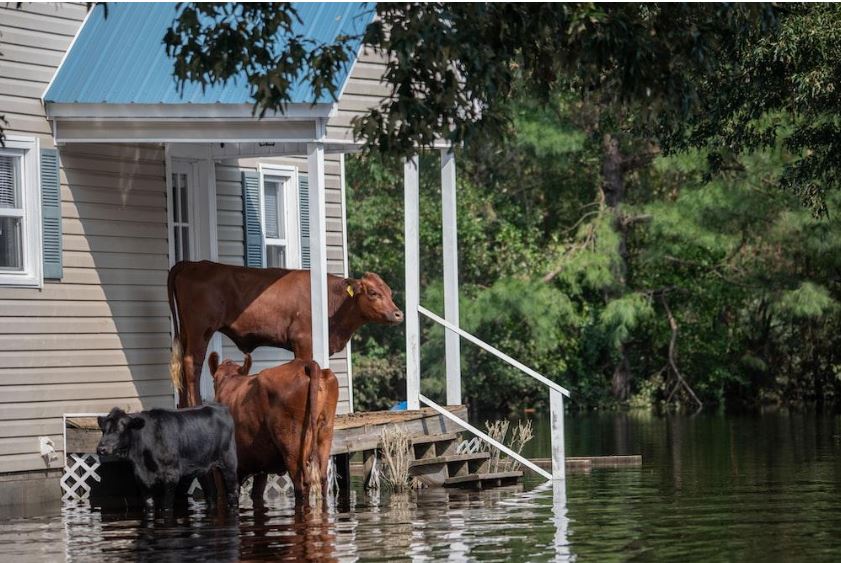Catastrophic insurance is an insurance add-on for protection against disaster. However, while there are many different insurable disasters, not all of them necessitate separate insurance. Home insurance policies cover some.
Catastrophes that can be covered by homeowners insurance policy include:
- Hurricanes and tropical storms: If you live in a high-risk location, you may need to purchase a separate policy or a rider to your homeowner’s insurance to cover these disasters.
- Earthquakes: In high-risk areas near fault lines, typically in Alaska, California, and Hawaii, earthquake insurance is a different form of coverage.
- Tornadoes/Windstorms: If you reside in the Great Plains or the Tornado Alley region of the central United States, windstorm insurance may be necessary. A homeowners policy often includes this coverage.
- Hailstorms: If comprehensive coverage was in effect during the storm, it could cover hailstorm damage to a car. Hail damage is typically covered in standard homeowners insurance.
- Fires and wildfires: While forest or brush fires are considered catastrophic, homeowners insurance plans may cover fires that burn down a house. An intentional fire started by the owner of the house is not covered.
- Floods: Those who reside in flood plains typically have separate flood insurance policies for their properties. A comprehensive homeowners insurance policy may cover flood damage.
- Terrorist acts: Damage from these incidents may be covered by your homeowners’ insurance, but some policies do not cover them and require additional insurance.
- Volcano eruptions: Although fire coverage in your house insurance can frequently cover a percentage of the loss, you would need to acquire this as a separate endorsement.
Knowing which catastrophe your homeowners’ policy covers and which calls for a different policy is crucial. For instance, your home insurance policy might cover wind damage but not terrorist acts.






